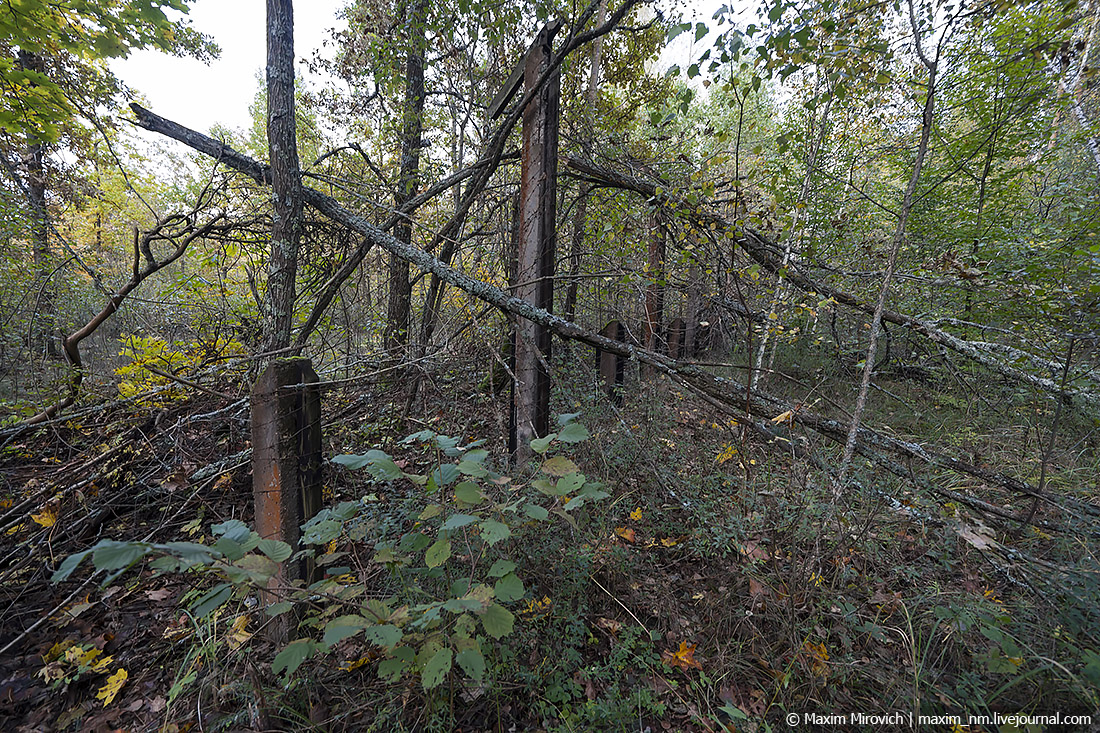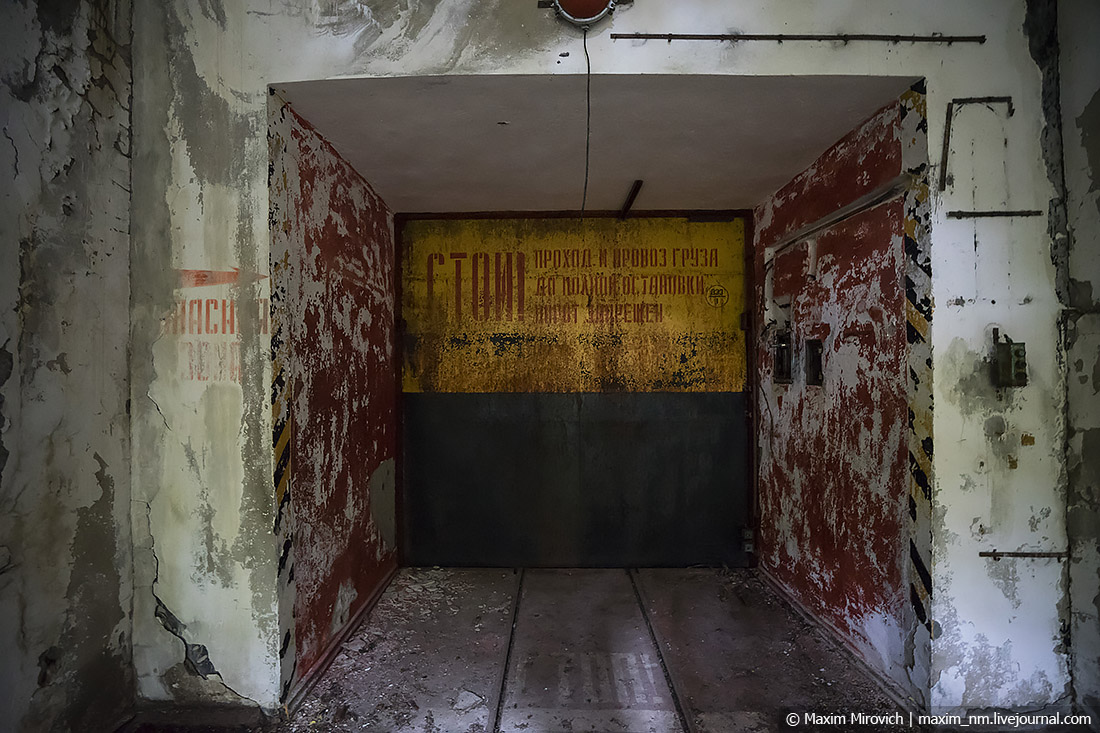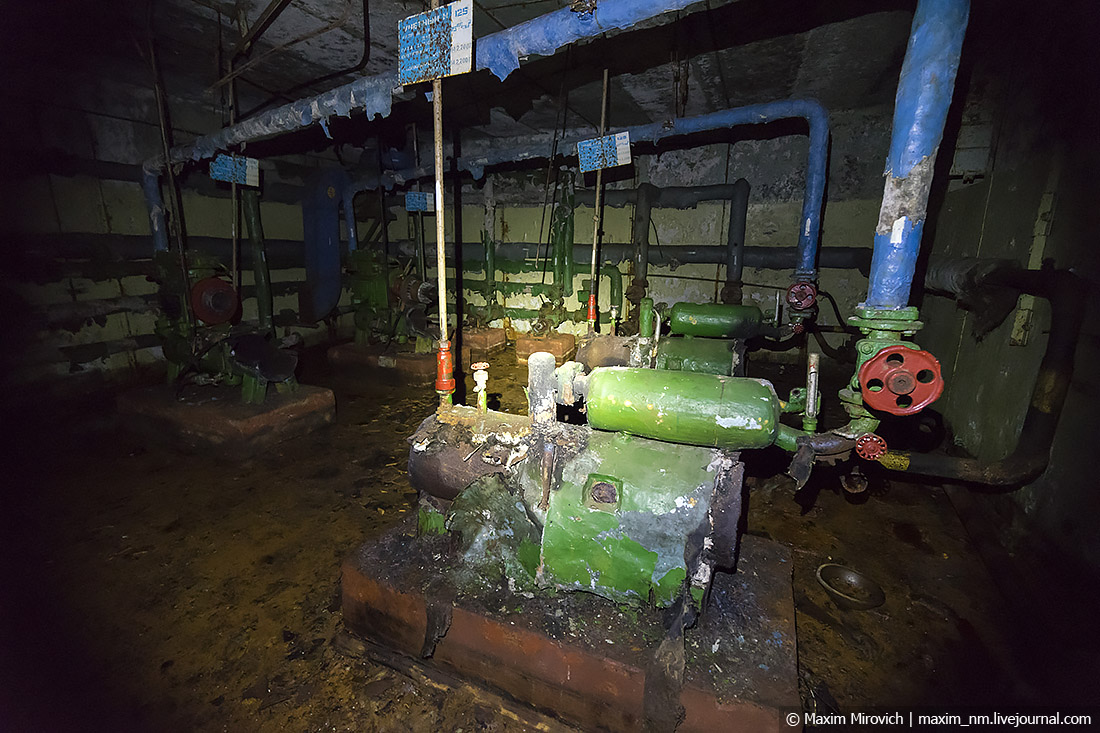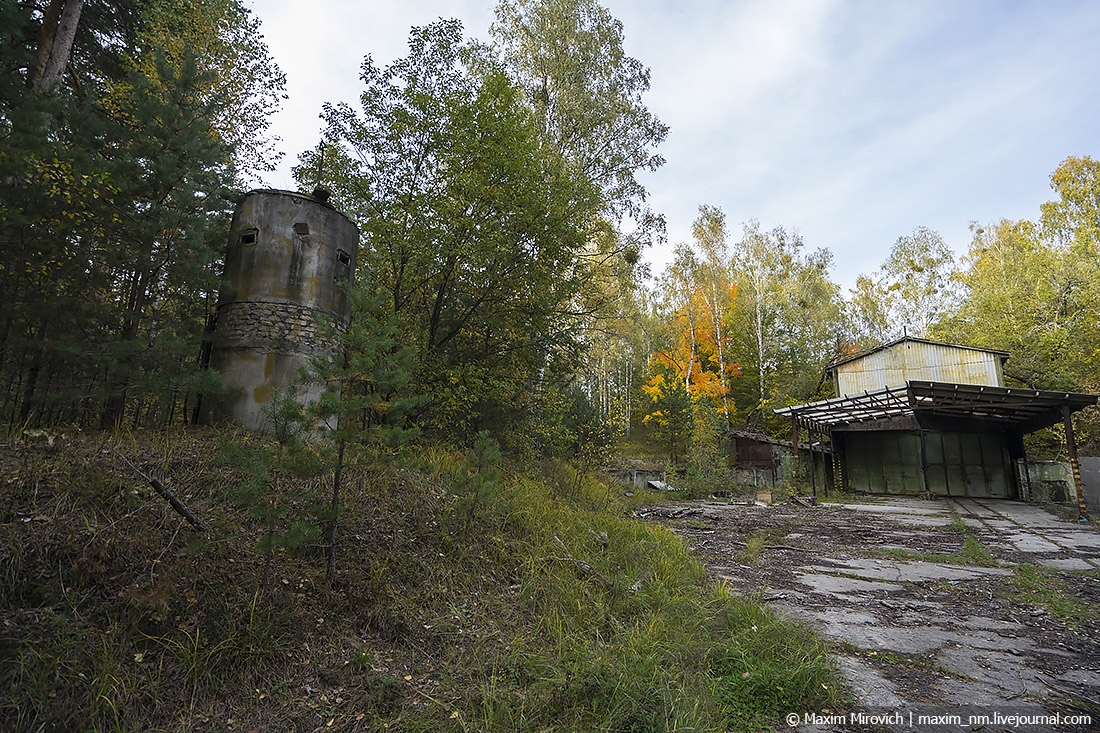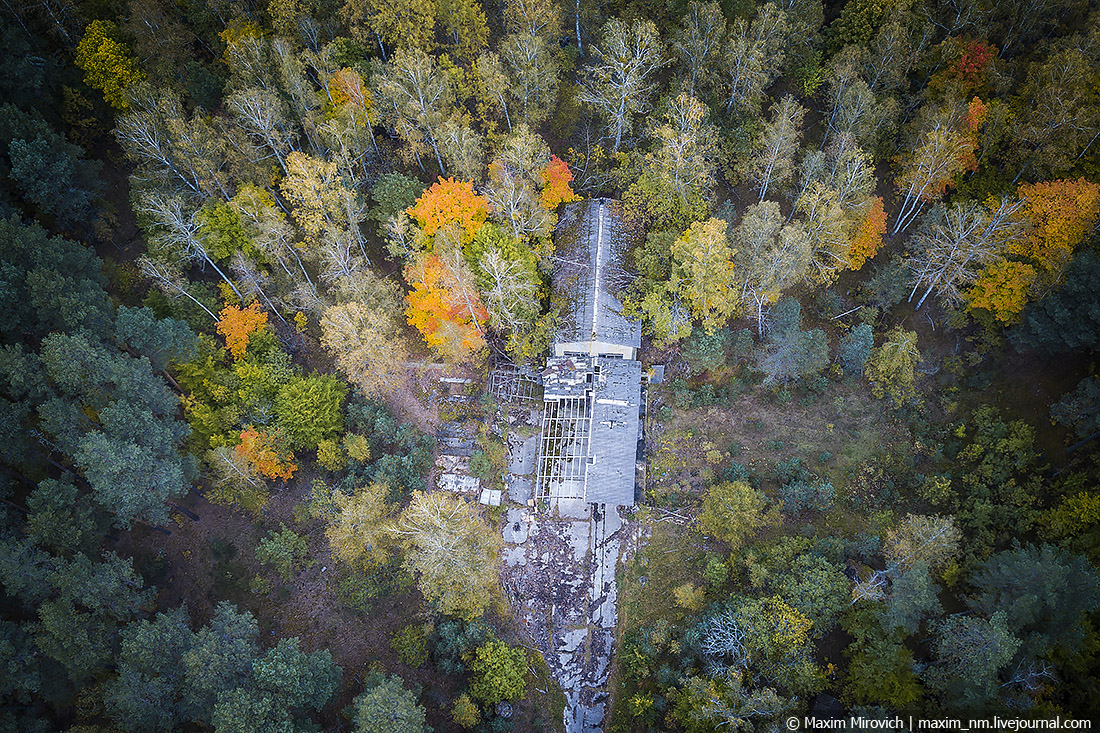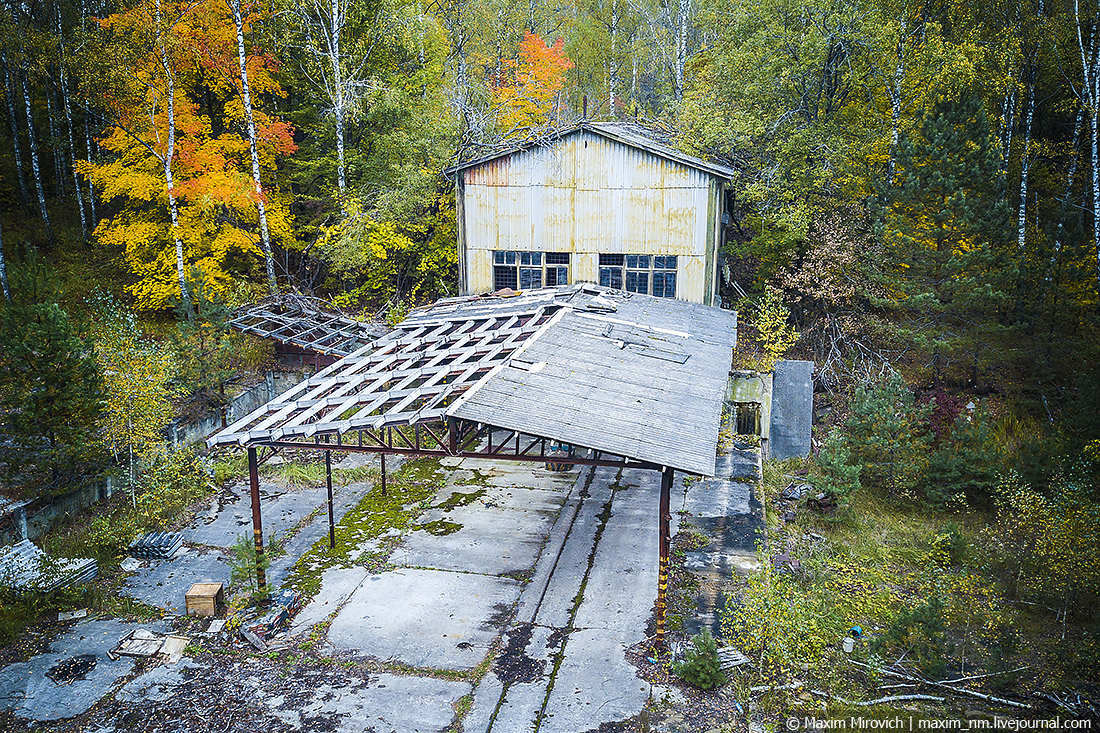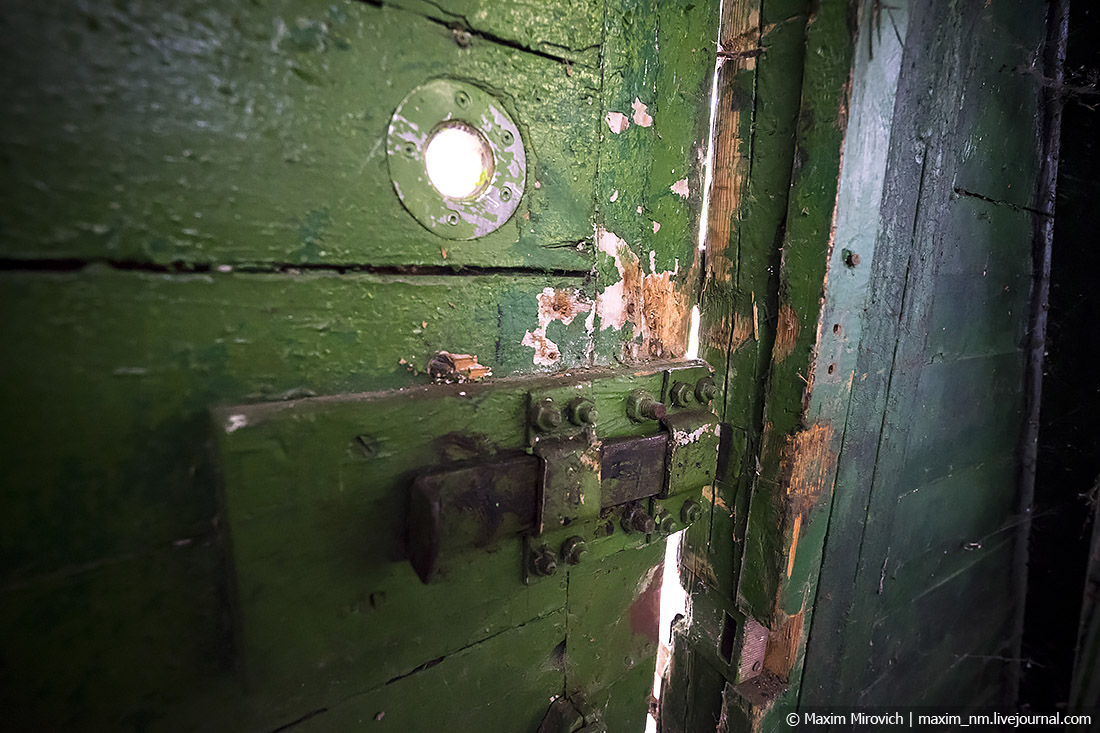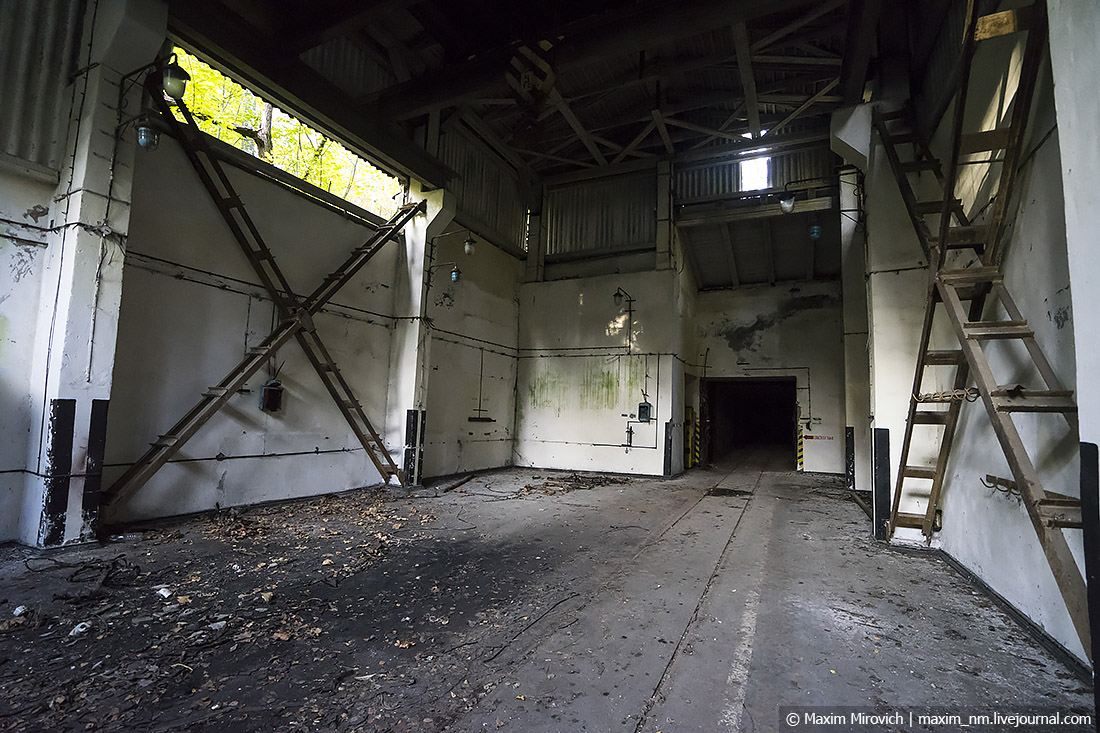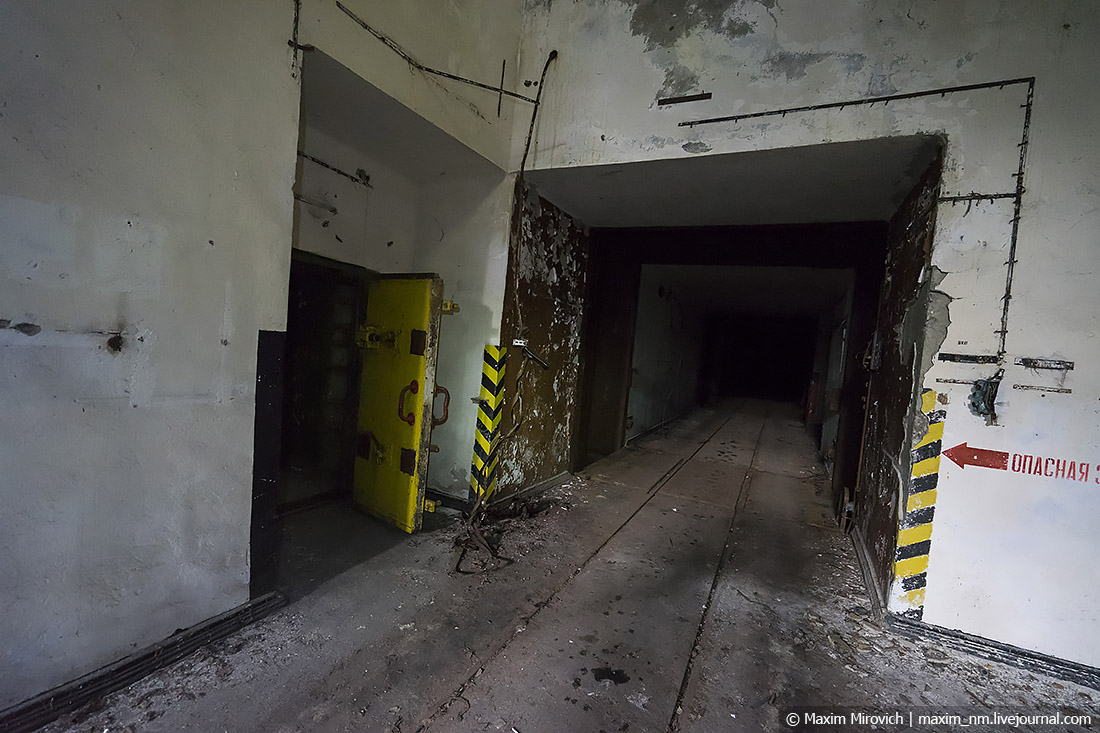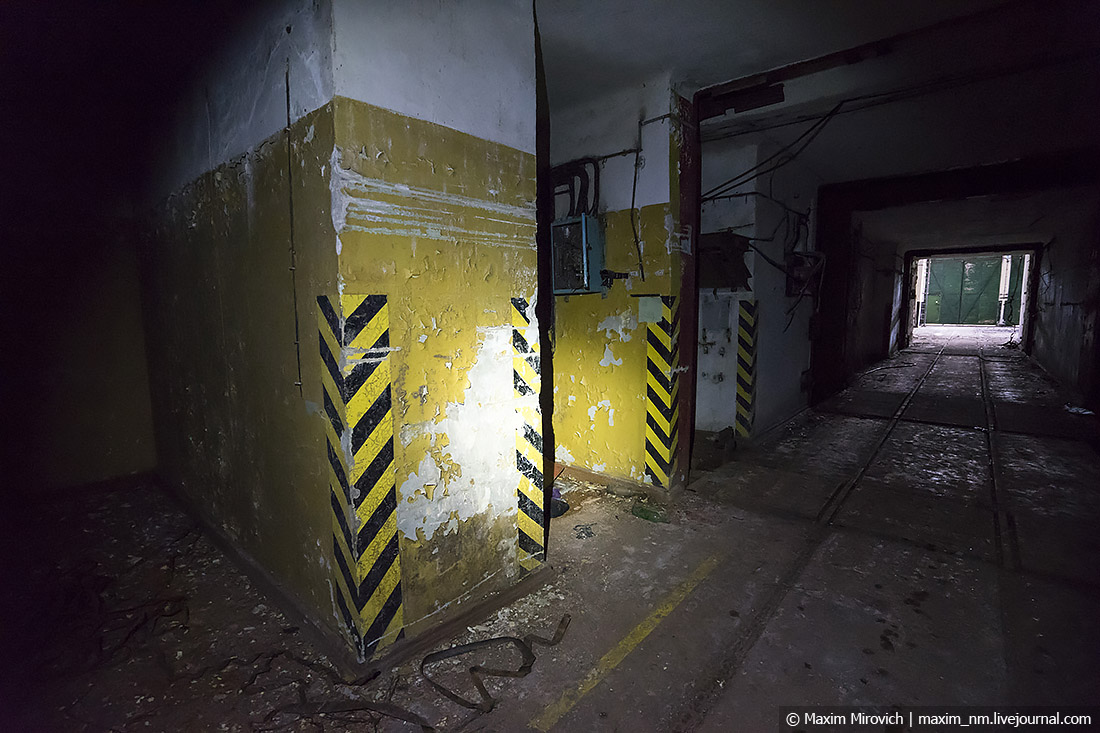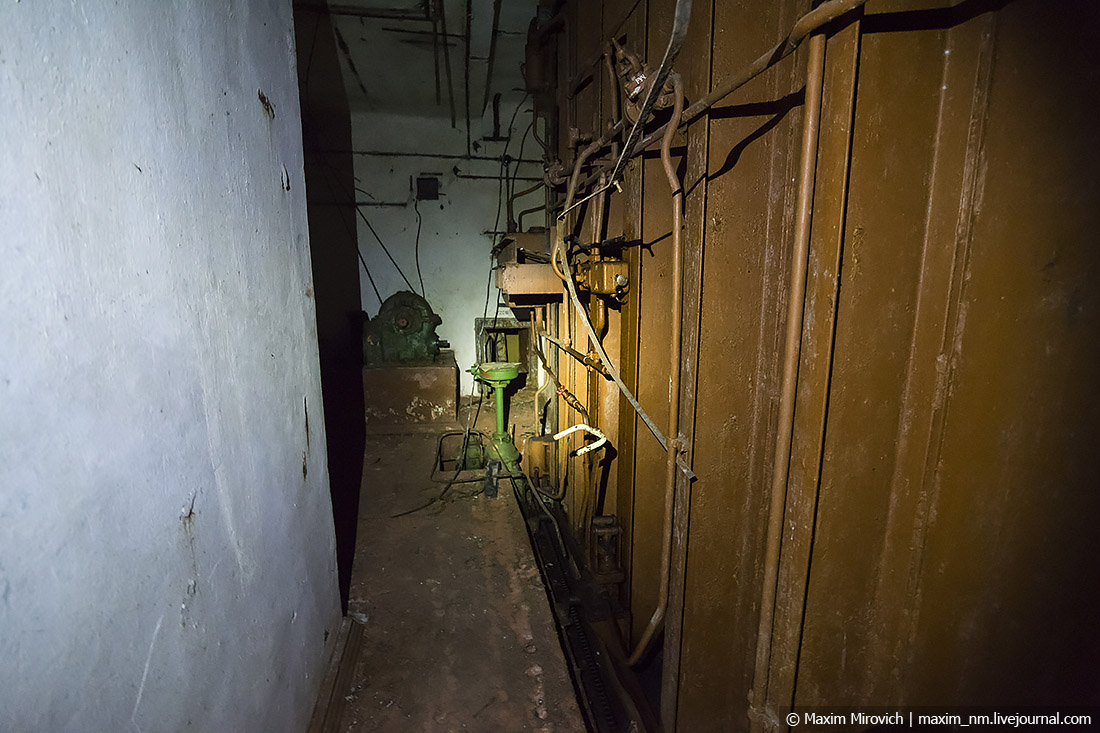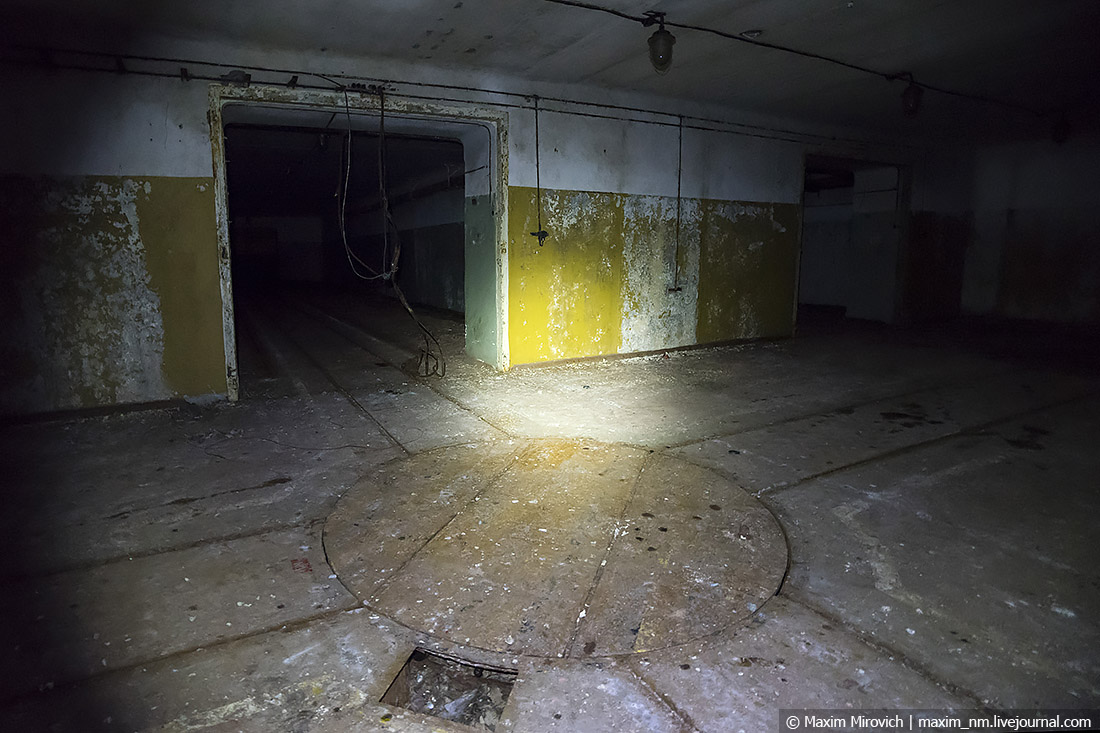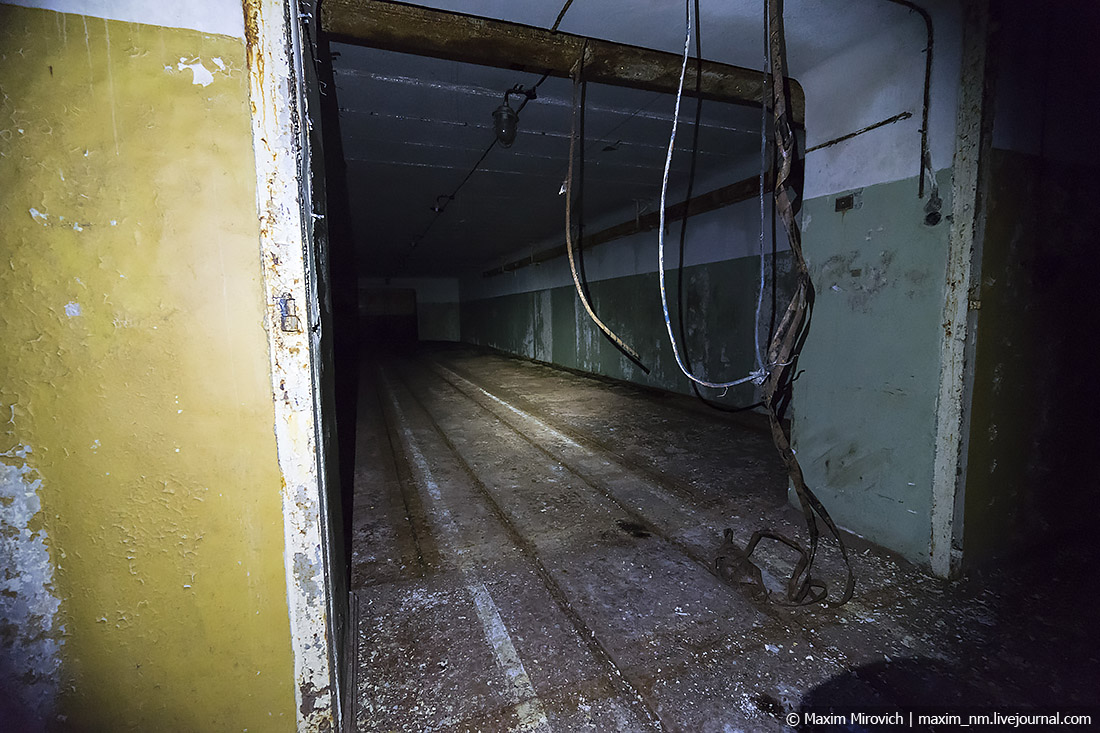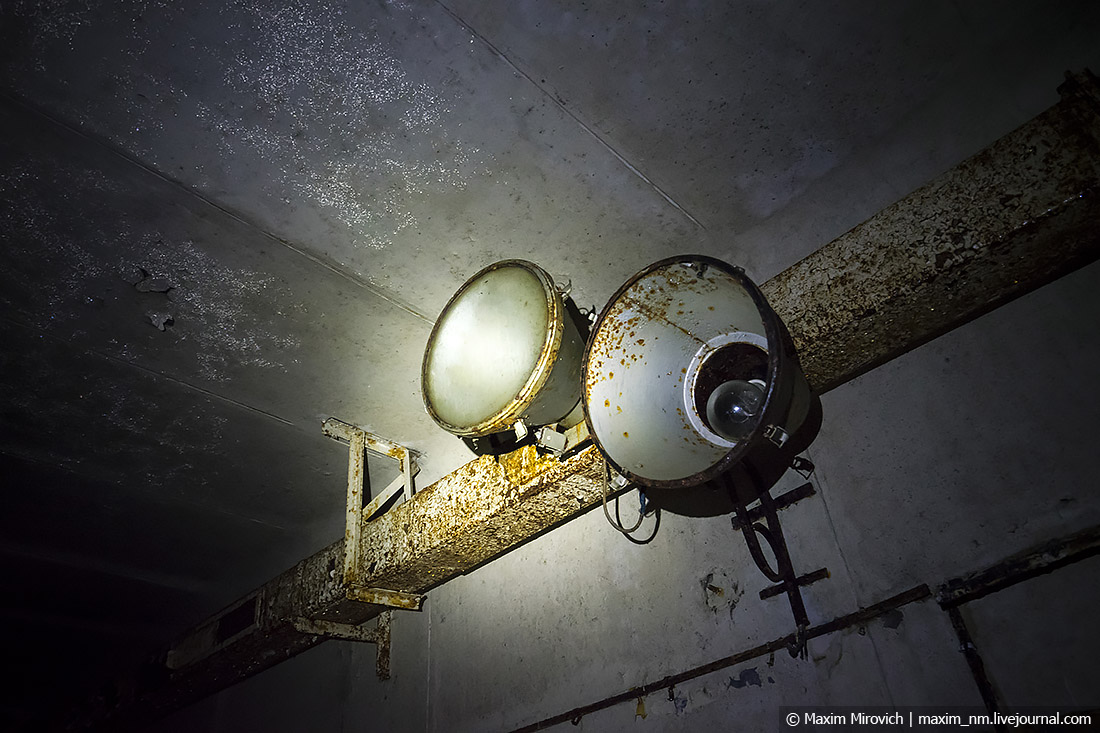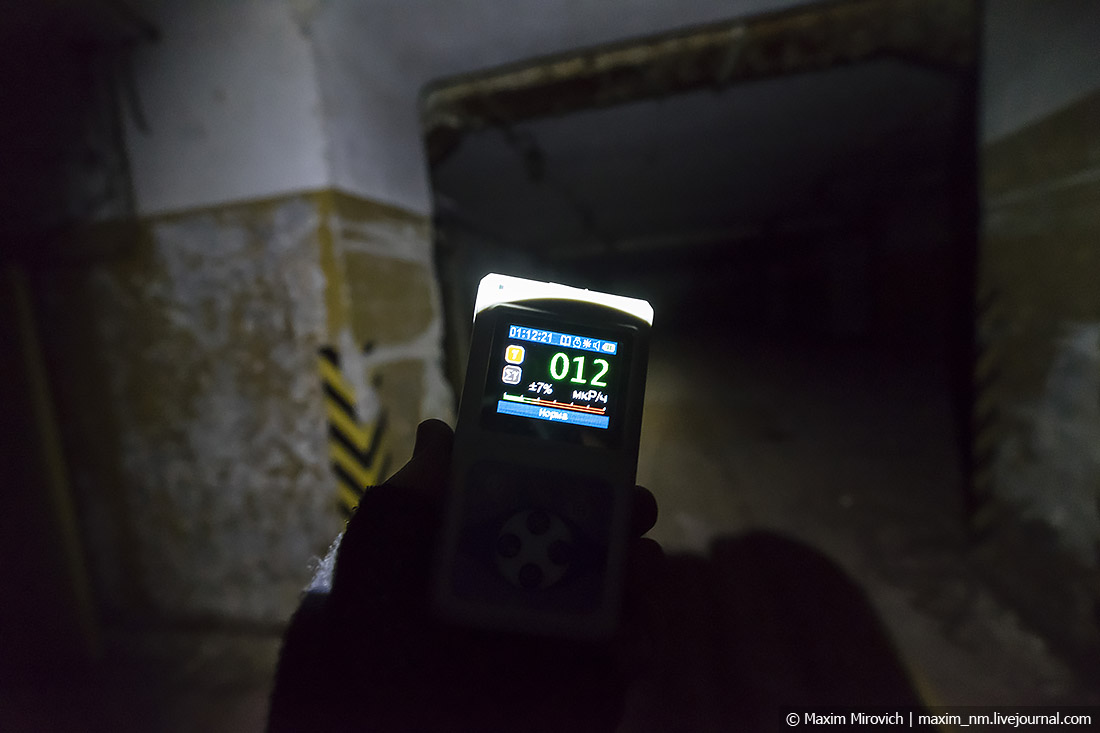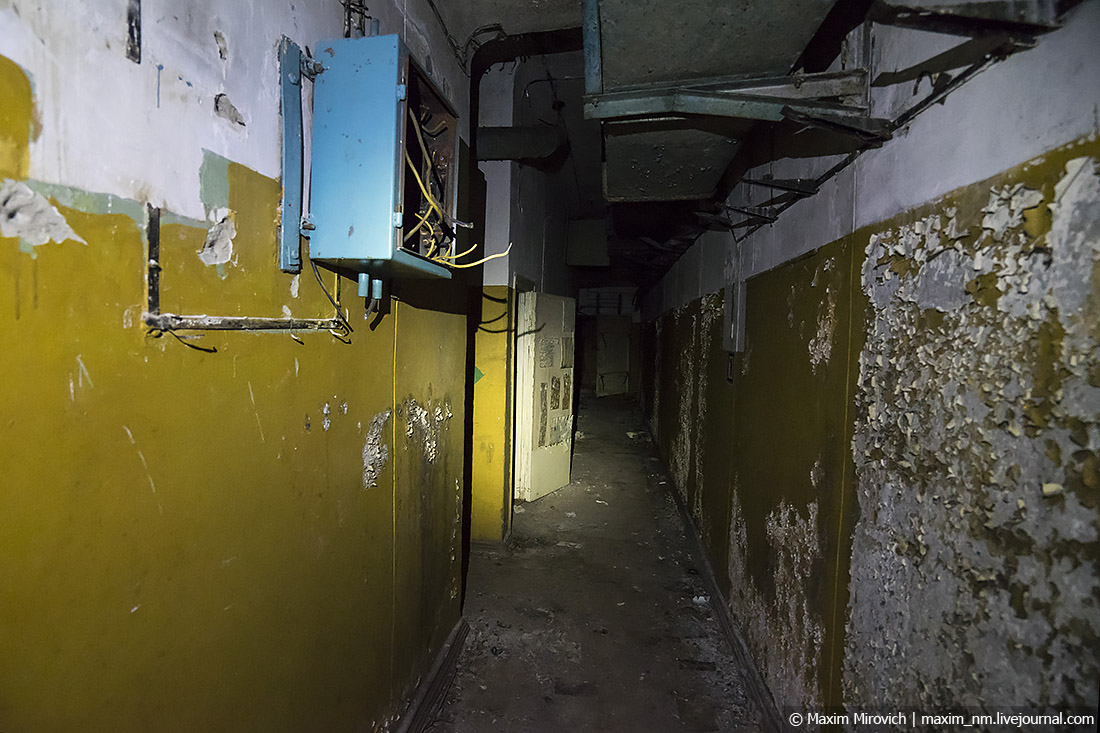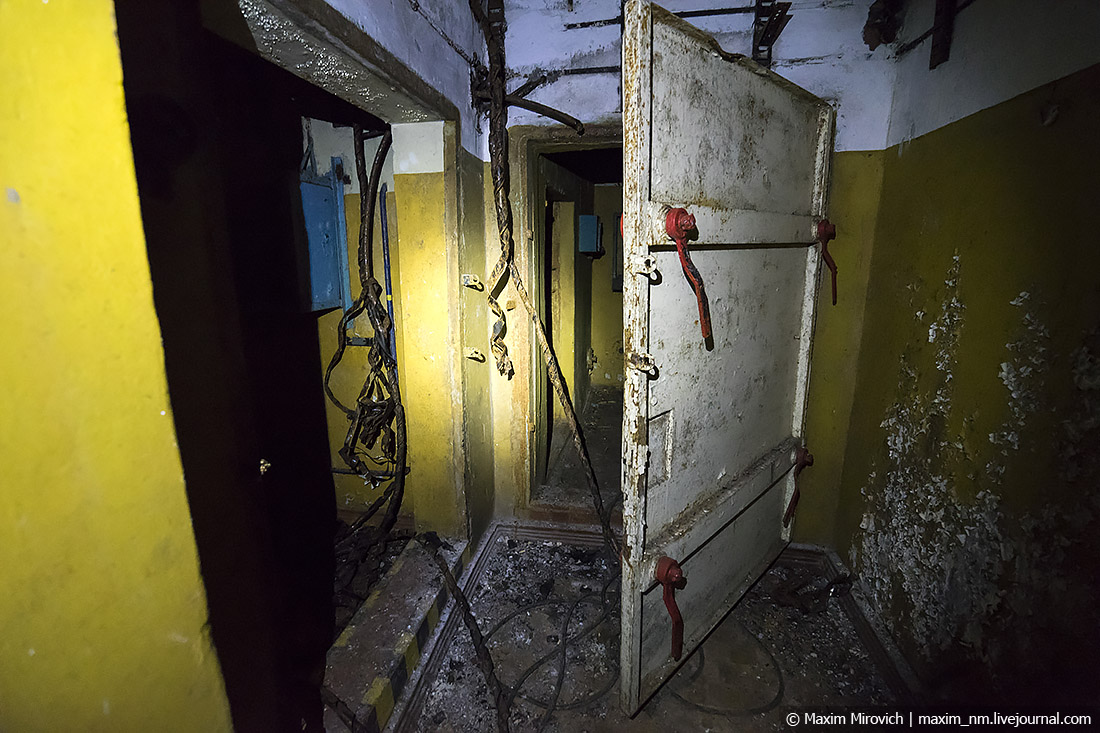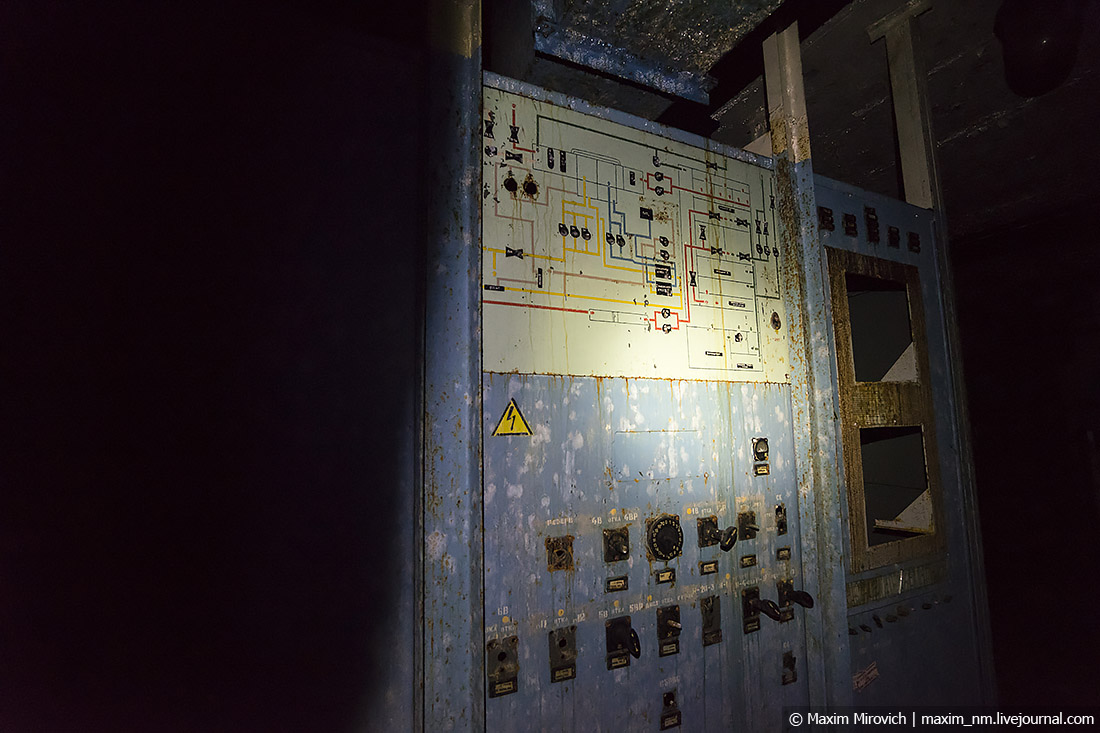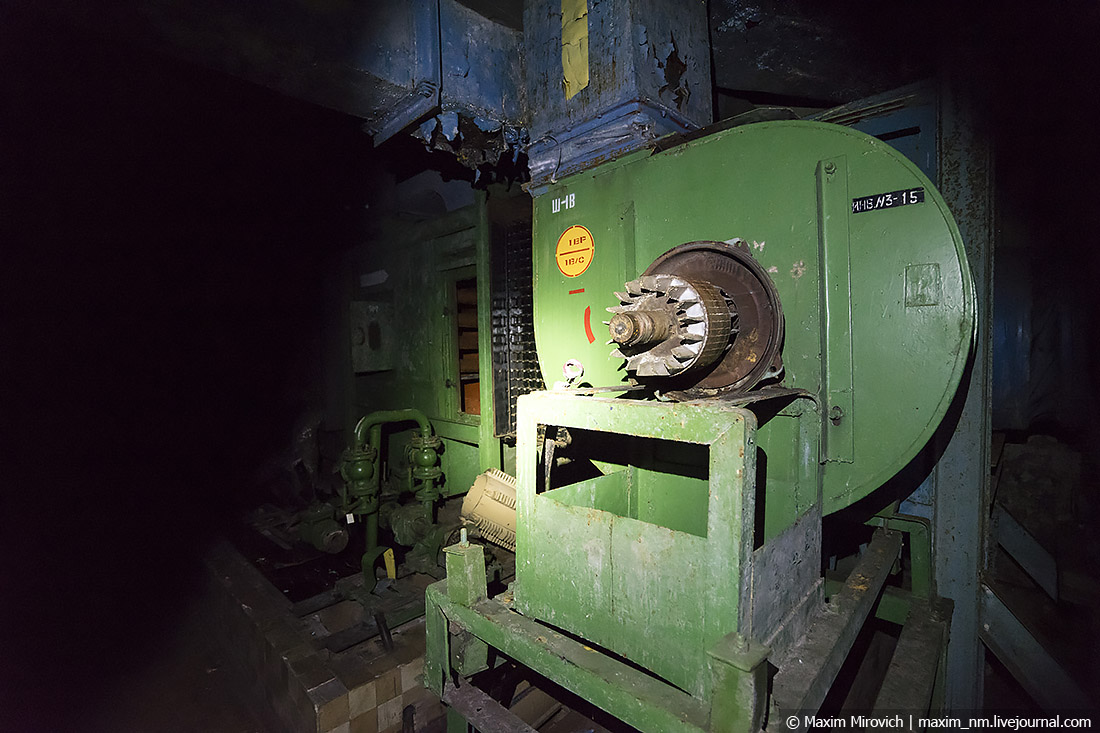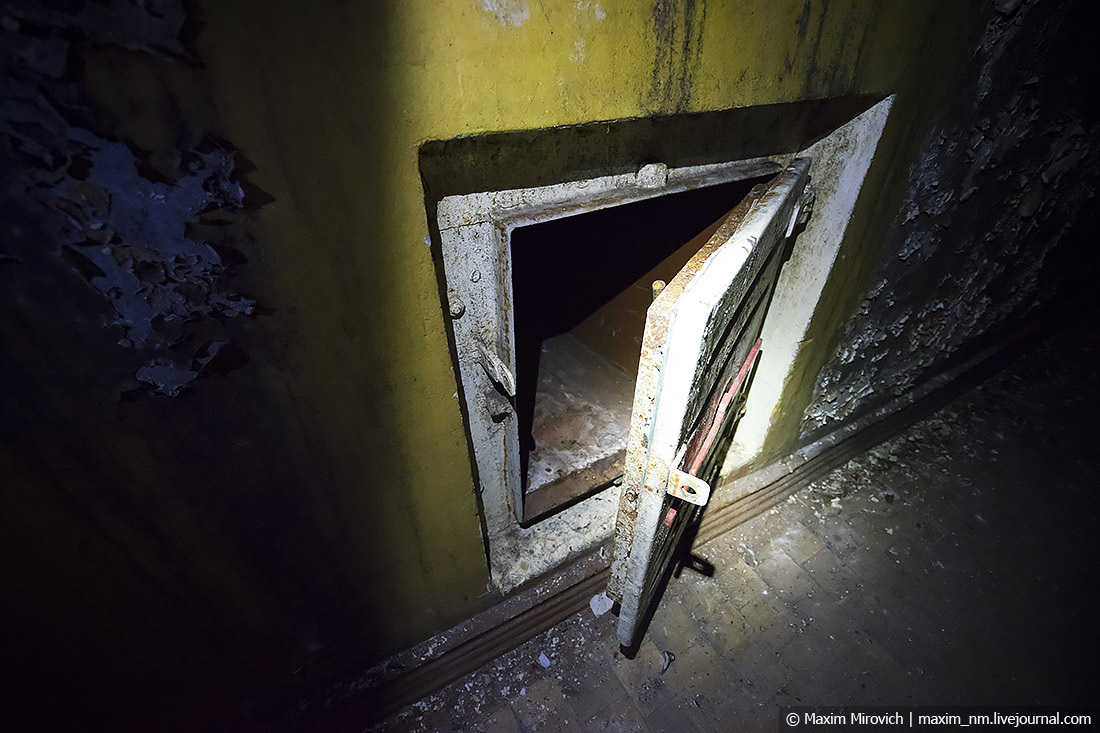“Gomel-30”. Atomic secret of the USSR
Somewhere in the south of Belarus, among the forests of Polissya is a small dot on the map, now called beautiful and peaceful – Zarechie.This is a very small town, consisting of only one street, and from the north to the town adjoins some huge fenced area, overgrown with wood.
An ordinary visitor of Google maps will decide that he saw an ordinary Belarusian agro-town and does not attach any importance to it, but meanwhile the peaceful name “Zarechie” hides a once formidable and terrible object called “Gomel-30”
To service nuclear warheads, several special complexes were built, to which nuclear warheads were brought from the so-called “Warsaw Pact countries”.
In special complexes, nuclear charges were disassembled, all electronics and functionality were checked, then they were transported back to the storage facilities or to “combat duty”.
One of such complexes was “Gomel-30”. This object was built and operated within the limits of extreme secrecy – the complex enclosed several perimeters of barbed wire and machine guns of concrete bunkers, servicemen from the complex wore the form of ordinary communication troops, and local residents were strictly forbidden to leave for the nearby forest and find out what was there is.
Recently I visited “Gomel-30” and brought from there many unique photos. So, in today’s post we will visit the once closed city “Gomel-30”, we will get to the technical site, we will look at the concrete bunkers, in which once lay nuclear warheads and find out what radiation level is there now.
We approach the first perimeter of the technical site – in the forest even now you can see the remains of the fence, whose barbed wire fenced the perimeter of the top-secret facility.
Near the entrance you can see disguised machine guns nests, the main task of which was cover the complex from possible attack of enemy saboteurs.

Each of the storehouses of the complex is surrounded by another fence of the local perimeter, within which one can see the remains of concrete roads, which are now overgrown with moss and covered with fallen leaves.

The storage itself is a huge concrete bunker, inside of which there are compartments for storing and carrying out work with nuclear warheads, the main hall, as well as many auxiliary premises, such as ventilation, diesel generators and switchboards.
Inside of each of the storehouses there are two entrances – one main one, in which there is a central room of routine works, and the second auxiliary one.
This is how the remains of disguise over the auxiliary entrance look now:

A huge slate canopy was made not so much to protect from precipitation as to camouflage and protect against observation from satellites – apparently, it was here that warheads from closed transport containers were loaded into bunkers.

Inside the bunker there are rails of narrow-gauge railways – apparently, a loading trolley from the bunker was moving here, onto which the cargo was shifted, after which the cart carried the “item” to the main hall.
And this is how the entrance doors of the auxiliary entrance look. On the walls you can see a lot of warning signs, as well as the remains of electronic control systems of the doors of the complex. Pay attention to the enormous thickness of the concrete walls of the bunker – it is several meters.
Not far from the main premises of the complex you can see a small separate entrance to the basements – we make our way through the half-flooded corridor.
Most likely, there are some systems with pumps for cleaning and distilling water.
And that’s what the main entrance to the vault looks like. On the left you can see the firing point, which in case of landing of enemy troops was to be the last frontier of the defense of the storage. The time for which the enemy troops would have coped with the firing point, should have been enough for the staff to lift up all the doors to the bunker.
Let’s see what the complex looks like from a height. The main part of the concrete bunker is absolutely invisible from the air – a tall hill overgrown with wood was piled above nuclear storages.
This embankment was done for two reasons – first, for camouflage, and secondly – to reduce damage from the shock wave in the event of an exchange of nuclear strikes.
As with the auxiliary entry, the unloading ramp performed mainly a masking function – it was supposed to protect the unloading process of “items” from prying eyes from observation satellites.
Let’s go inside. Once a passage into the central hall was a separate procedure, during which the defense could demand a special pass through such an eye:
Just behind the green doors, the central hall begins. The height of the floor in the room is about 17 meters, during the operation of the complex various loading and unloading operations with “items” were carried out.
At the far end of the central hall is the entrance directly to the storage of nuclear warheads – a wide corridor to the right leads directly to the main storage room, and the yellow door to the left leads to the auxiliary rooms of the bunker.
The corridor has a whole system of various gates – there is a thick concrete gate (almost 2 meters thick), as well as a steel gate with a hydraulic system. In the event of any supernumerary situation, which threatens the accident with the emission of radiation – all the gates were tightly locked, and the bunker turned into a sealed nuclear burial ground forever.
Hydraulic gate system for metal gates
Passing along the corridor, we get to the main hall of the storehouse. In the center of the main hall is a reversal circle, which with the help of an electric drive turned the transport trolley with the “product” and sent it to one of the storage compartments. In total there were eight such compartments – four on each side of the main hall.
And this is how one of the compartments, in which nuclear warheads were located, looks like. The compartment is an empty concrete room, inside which are transport rails.
Reflectors of additional illumination, covered with rust. Apparently, additional light was included just in the process of working with “products”.
The radiation background directly in the vault is absolutely normal.
Behind a separate door is a complex of premises in which the personnel of the units worked and in which the storage service systems are located – ventilation, diesel generator, transformer and so on.
For better protection and access delimitation, the premises of the auxiliary part of the complex are separated by additional hermetic doors.
Room transformer substation with switchboards.
Hall of systems of forced ventilation and air conditioning.
And this is what an evacuation gateway looks like to personnel – in the event that a nuclear accident was brewing at the facility, the personnel should first lock all the doors of the complex, and then leave the storage facility through such gateways leading to the surface …
Evening, and we meanwhile enter the residential area of Zarechye – a settlement that was once a closed city “Gomel-30”.
Now Zarechye does not at all look like a terrible closed “atomic” city – for more than 20 years there have been no checkpoints at the entrance, and it is quite possible to walk around the city freely with a camera.

